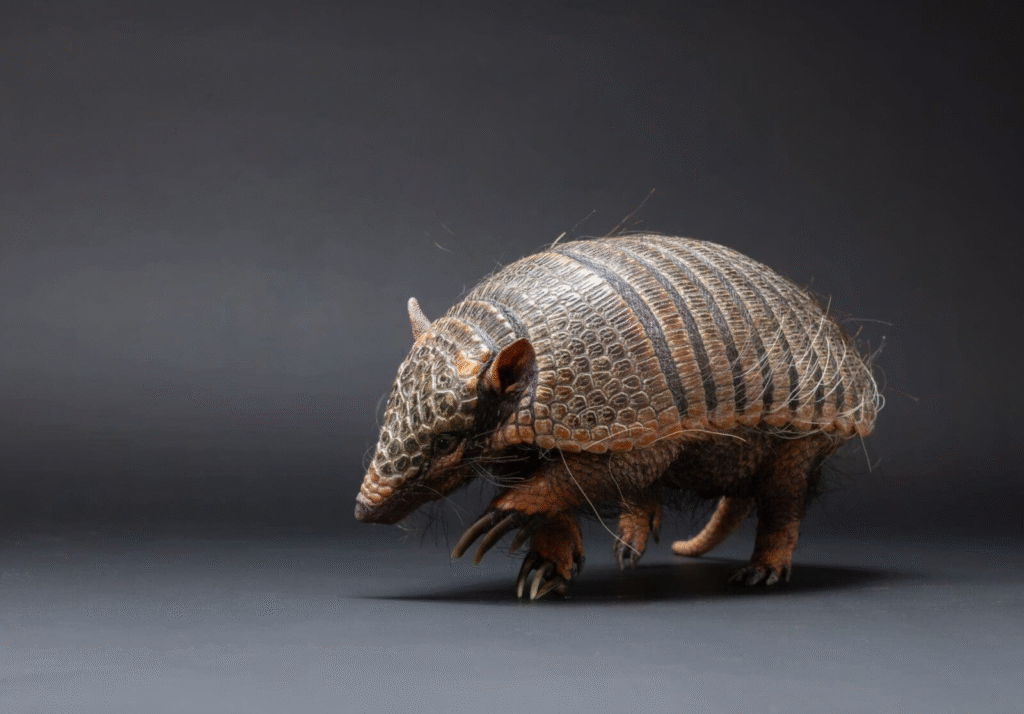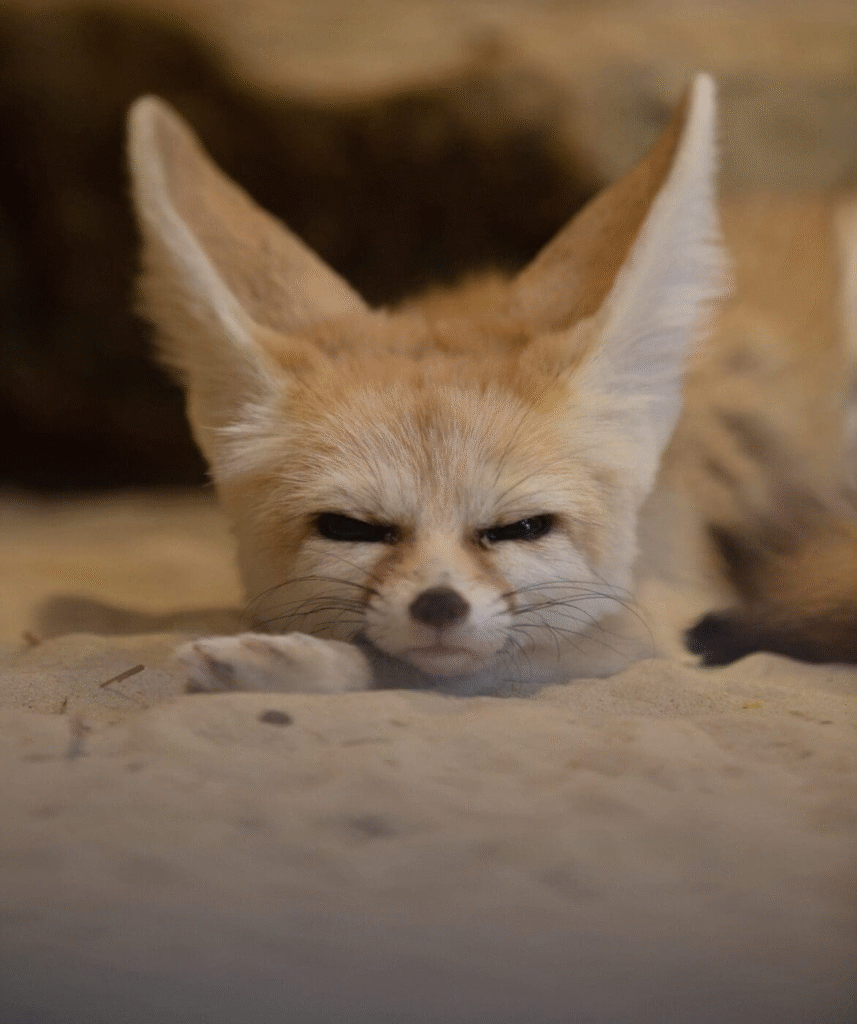
Houston Museum of Natural Science Hosts Earth’s Mightiest Creatures with EXTREME ANIMALS ALIVE!
Discover the incredible adaptations that make animals living legends in our world

Meet Eustace. Eustace is a six-banded armadillo; cute and shy, but a skilled digger with a keen sense of smell, Eustace carries his armor with him. He uses his flexible shell, made of overlapping bony plates, as well as his claws and teeth to defend himself from predators if necessary. In addition, he just happens to be one of the superheroes of the natural world bursting onto the scene in the Houston Museum of Natural Science’s (HMNS) newest exhibition Extreme Animals Alive!, opening May 24 (members see it first May 23).
Step into a graphic novel aiming to reveal the strange and wonderful specializations animals exhibit to escape danger and prove themselves supreme. Extreme Animals Alive! invites guests to meet some of the champions of the animal kingdom, both famous and hidden gems, that showcase unique characteristics designed for survival over the competition.

From super speed to super stealth, these exceptional beasts have sensational “superpowers” that allow them to shape-shift, glow, or control the minds of other animals.
In addition to Eustace, visitors can observe the surprising defense mechanisms of the vinegaroon, the incredible regenerative power of tokay geckos, the peculiar eating habits of prehensile porcupines, the sly and desert-defying survival skills of fennec foxes, and a whole host of other incredible animals. The exhibition allows guests to get up close with a variety of critters, both familiar and fantastic. In fact, opportunities to interact with live animals occur daily.

“Extreme Animals Alive! isn’t just a display of creatures; it’s a window into the sheer ingenuity of nature,” said Nicole Temple, VP of Education for HMNS. “We’ve carefully curated a collection that highlights the extraordinary adaptations that organisms have evolved to survive and thrive. From the microscopic to the majestic, and from the prehistoric to the present day, visitors witness firsthand the remarkable ‘superpowers’ that have allowed these critters to conquer their environments, showcasing the breathtaking diversity and resilience of life on Earth.”
Explore topics like biofluorescence and learn about how a surprising number of animals glow under UV light, like corals, arthropods, insects, fishes, mammals and more. But why do they fluoresce? Communication, camouflage, to attract prey, and to avoid predators are all theories; but, in reality, we don’t fully know.
Investigate how some animals can beat both the extreme heat and the extreme cold of the Sahara Desert. Clever, physical adaptations help animals like the Bactrian camel, the fennec fox, and the Savanah monitor cope with blistering days in the desert where temperatures can reach over 115°F. But when the sun goes down, the temperature may drop by 75 degrees and these same animals must also be able to survive the night in near freezing conditions.

Discover “living fossils” among us, such as the dragonfly and shark, that have evolved very slightly, if at all, from their ancient ancestors. They thrive today just as they did in the geologic past – perfectly adapted and successful for hundreds of millions of years.
Get ready to plunge into a world where animal adaptations are nothing short of spectacular, with Extreme Animals Alive!
Extreme Animals Alive! is on display at HMNS beginning May 24 (members see it first May 23). For ticket prices or more information, visit our website at www.hmns.org or call (713) 639-4629.
Photo courtesy of HMNS